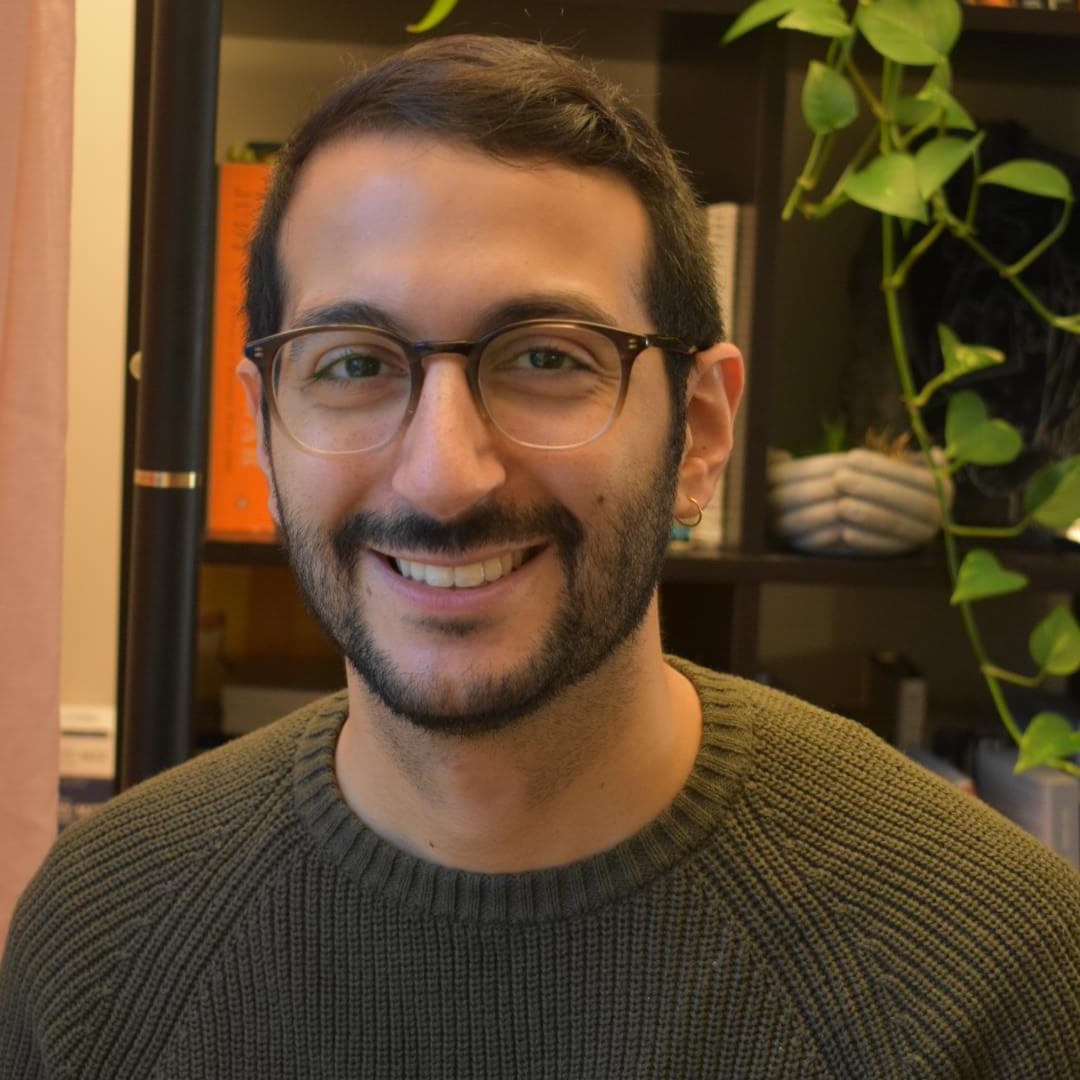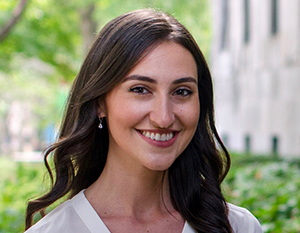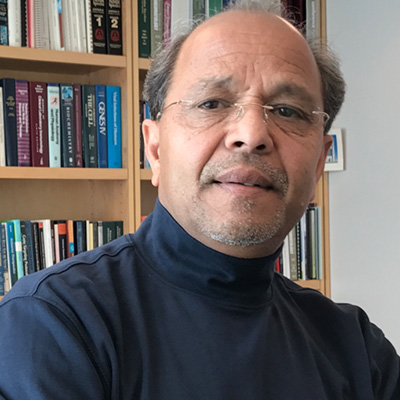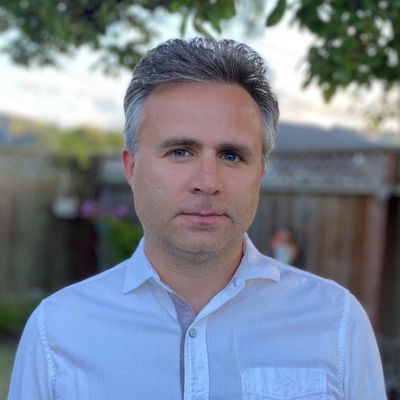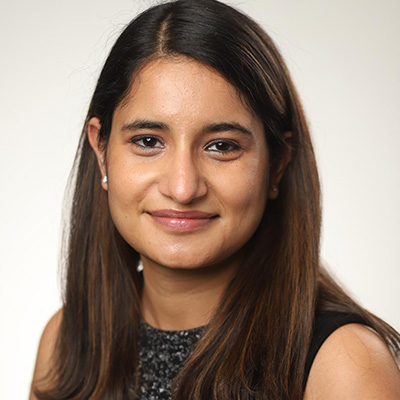
Looking for something?

Shipra Malik, PhD
Raman Bahal Lab
Department of Pharmaceutical Sciences
University of Connecticut
How did you become interested in the field of oligonucleotides?
Being from pharmaceutics background, my master’s research was focused on designing nano-formulations to improve the local delivery of small molecules. As I was looking for PhD positions, I was introduced to Dr. Raman Bahal who was just setting up his lab at the University of Connecticut in 2018. He is the one who opened the doors of nucleic acid therapeutics field to me and all the research opportunities it offers.
I was highly inspired by the scope and therapeutic potential of nucleic acid-based drugs to tackle the diseases without any treatment options. Since then I have not looked back and continue to learn new aspects of it every day.
During my PhD, I extensively explored the chemistry, biology, and delivery strategies for synthetic nucleic acid constructs to target the genome (DNA and RNA). I plan to further expand my knowledge and experience while focusing more on the chemical biology of nucleic acid constructs for gene editing and antisense based applications
Who were your early mentors?
My first mentor is Dr. Raman Bahal in the Department of Pharmaceutical Sciences at the University of Connecticut. He taught me the basics of nucleic acid therapeutics and trained me himself on solid phase synthesis and various molecular biology techniques. His passion for this field is quite contagious and his enthusiasm still amazes me. Without his guidance and support, I could not have made it this far. He also gave me the opportunity to work with Dr. Mark Saltzman at Yale University and Dr. Frank Slack at the Harvard University. I consider myself highly fortunate to have learned from them during my PhD program. Dr. Saltzman was also the associate advisor on my dissertation research and I truly appreciate his support and guidance.
In summer 2021, I was an intern in Dr. Christopher J Cheng’s group at Verve Therapeutics and his guidance was crucial in shaping my future goals.
How did you become involved in OTS?
I probably learnt about OTS within the first month of starting my PhD in Dr. Raman Bahal’s lab. It has been a tremendous resource to learn about the advances in the field. I started reading the abstracts published by OTS from 2018 to understand more about the on-going research. In 2020, I presented my first poster in the virtual OTS meeting. Recently, I had the opportunity to attend the 18th Annual Meeting in Phoenix, USA and present one of my research works in person. It was such an incredible experience to meet the renowned scientists across the academia and industry including Dr. Muthiah Manoharan and Dr. Frank Bennett. It was surreal to meet the authors whose papers we read on everyday basis.
Why do you continue to support the society?
OTS provides a very unique and critical platform to share the scientific knowledge and progress in the field with a broad community of researchers spanning academia and industry. I believe it is extremely important for the young researchers to attend this meeting and interact with the scientists across the globe. The scientific discussions during the meeting are outstanding and provides an opportunity to understand things on a much bigger scale. As much as this meeting is driven by science, it is equally fun to attend in-person.
What is special about the type of research/work you have done?
My PhD research has been focused on expanding the therapeutic potential of peptide nucleic acids, a synthetic DNA mimic, for cancer therapy. In Dr. Bahal’s lab, I had the opportunity to work on a diverse set of interdisciplinary projects at the interface of nucleic acid chemistry and delivery strategies followed by assessment in various pre-clinical mice models. One of the main focus was on designing next generation PNAs to efficiently inhibit the functional activity of oncomiRs in cancer cells. In collaboration with Dr. Saltzman’s lab, we recently established the potential of nanoparticle delivered short anti-miR PNAs to inhibit multiple oncomiRs for glioblastoma therapy. Another area of research is to target the genomic DNA in cancer cells using neutral PNAs. PNAs containing a modification in gamma position of the neutral backbone pre-organizes into a right handed-helix, which allows them to invade the chromosomal DNA in a sequence specific manner. Hence, we designed PNAs to disrupt the transcription of oncogenes driving the proliferation of cancer cells. More importantly, we noticed that the combination of antisense and antigene PNAs with the available chemotherapeutic drugs results in robust anti-cancer activity in multiple tumor models. With this, we aim to provide evidence that PNAs can be used to sequence specifically target the genome of cancer cells and sensitize them to chemotherapy which can be beneficial for the treatment of resistant tumors.
What do you like to do in your free time?
In my free time, I enjoy reading, hiking, exploring local breweries and vineyards. I also like to travel and explore new places.
Other Fun facts/tidbits
Currently, I am reading Dawnshard: From The Stormlight Archive by Brandon Sanderson. I am also trying to learn Spanish.



